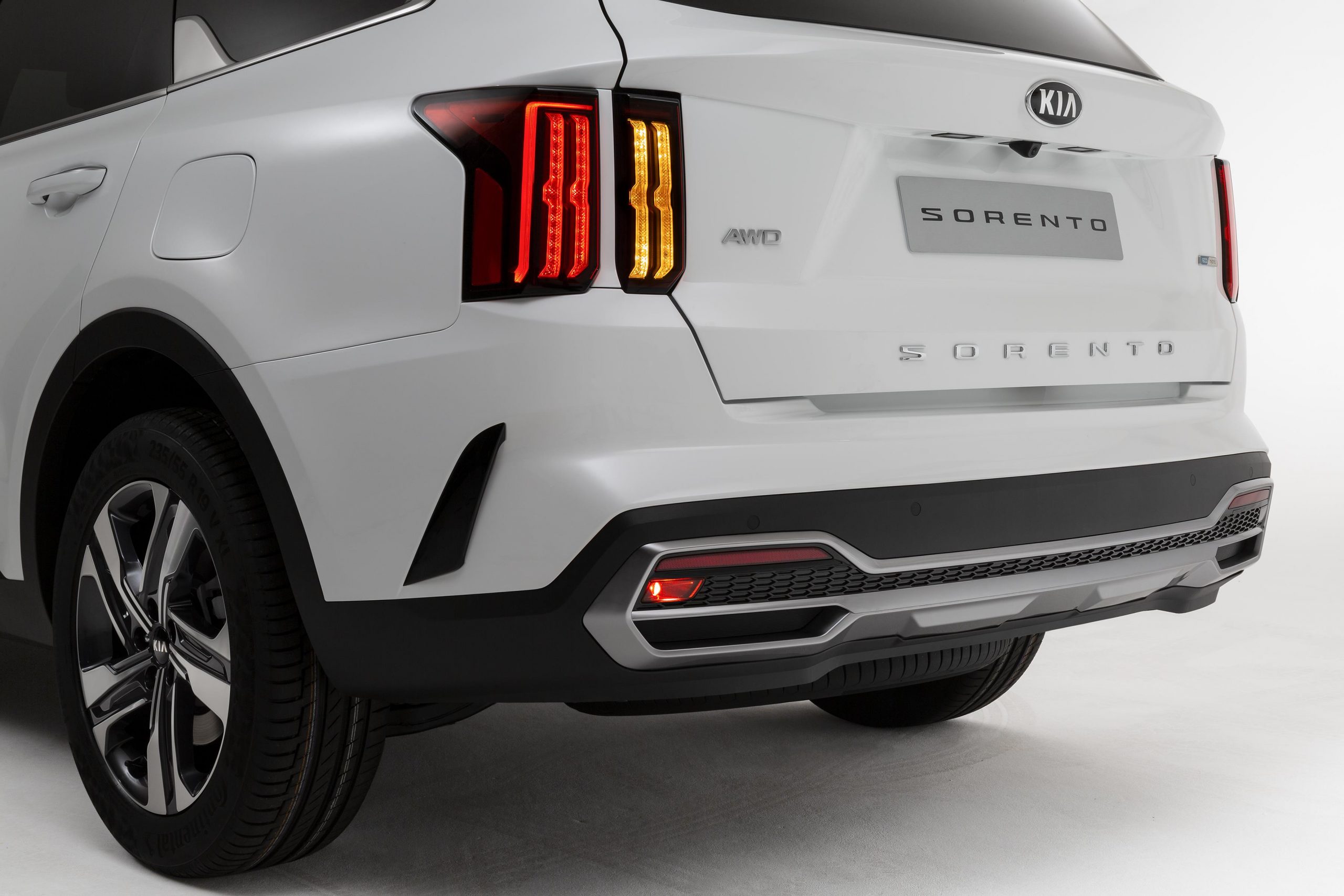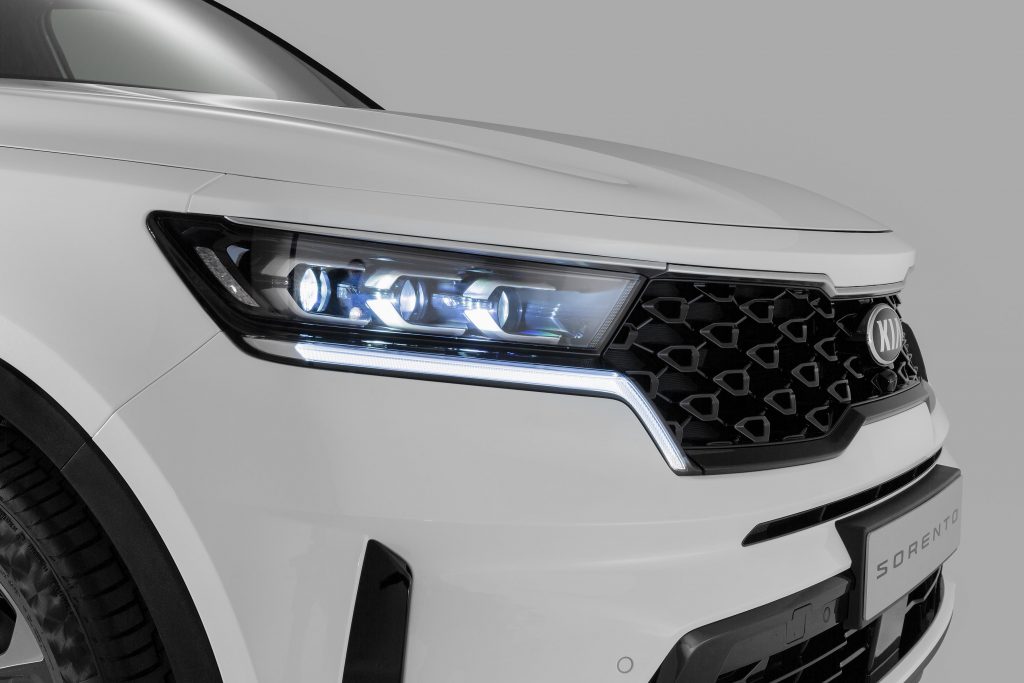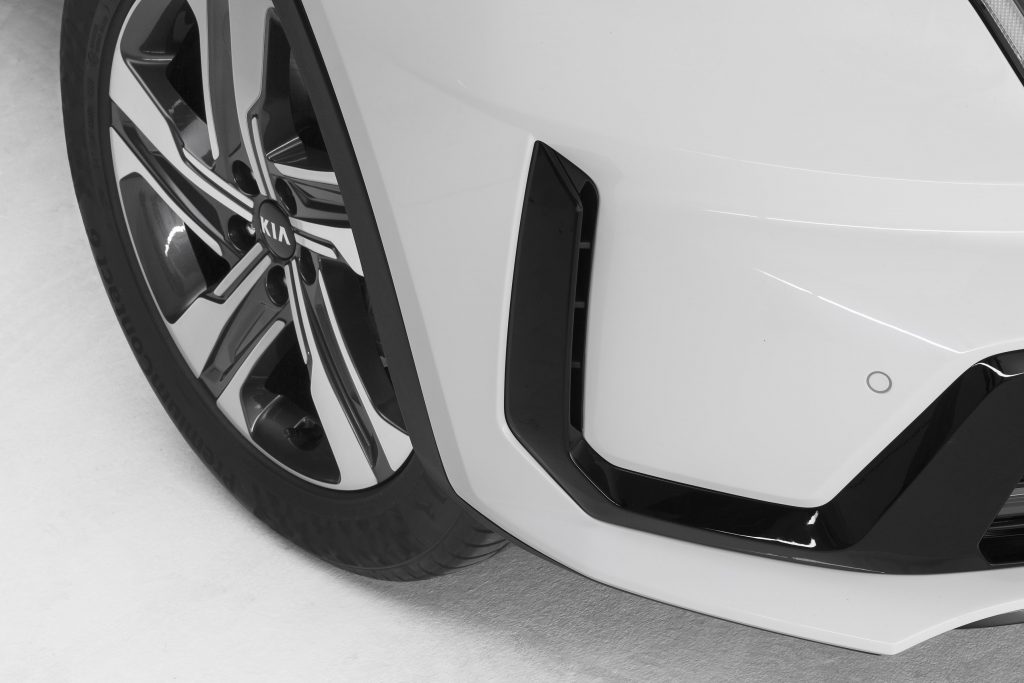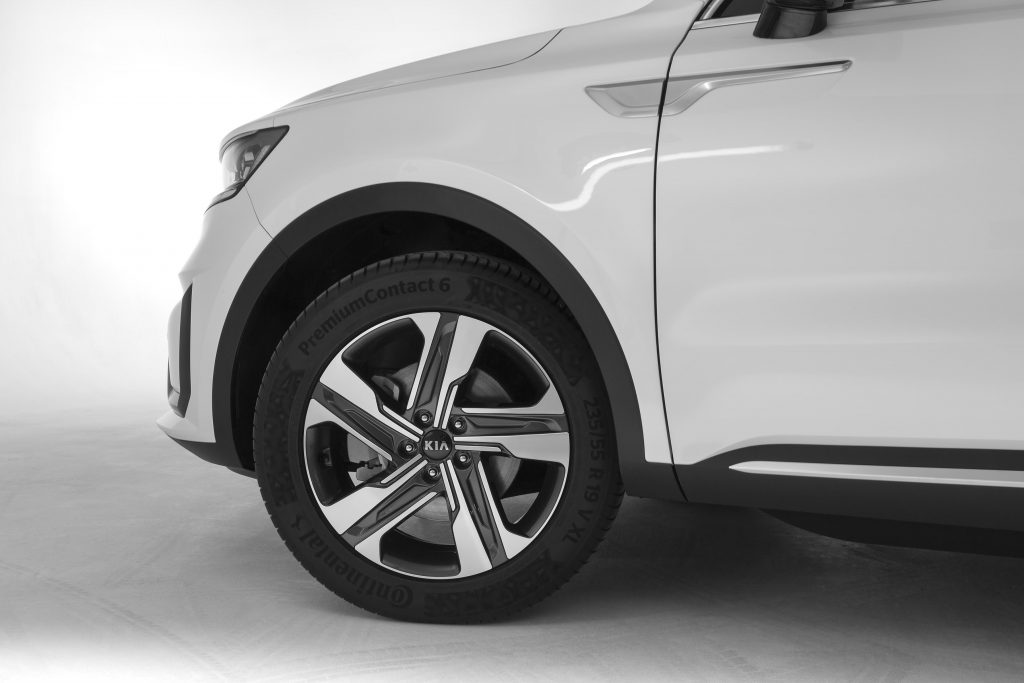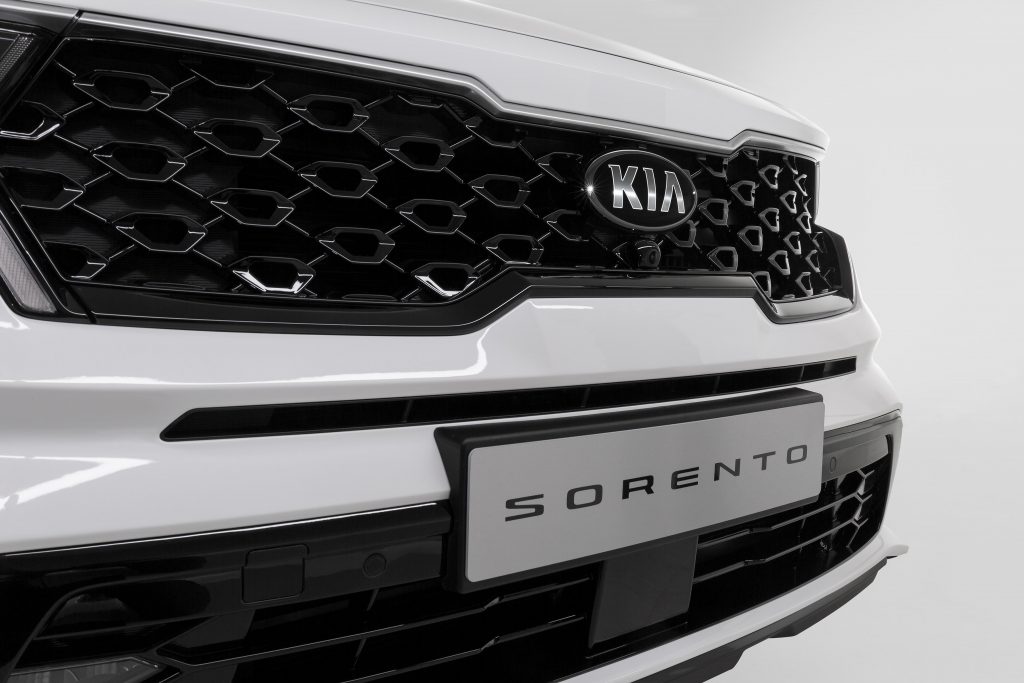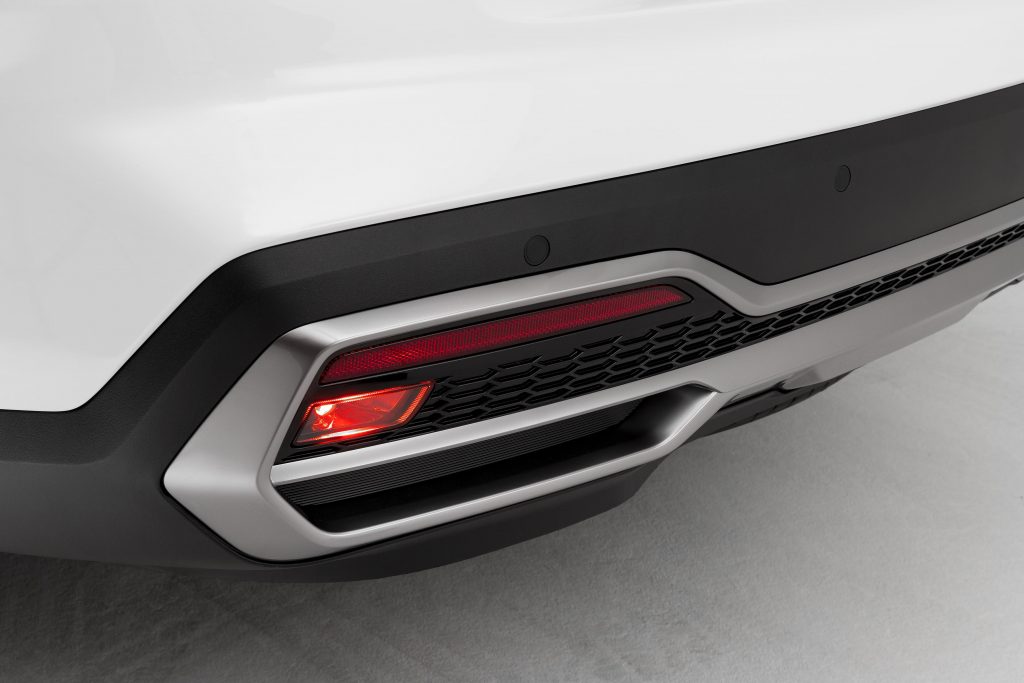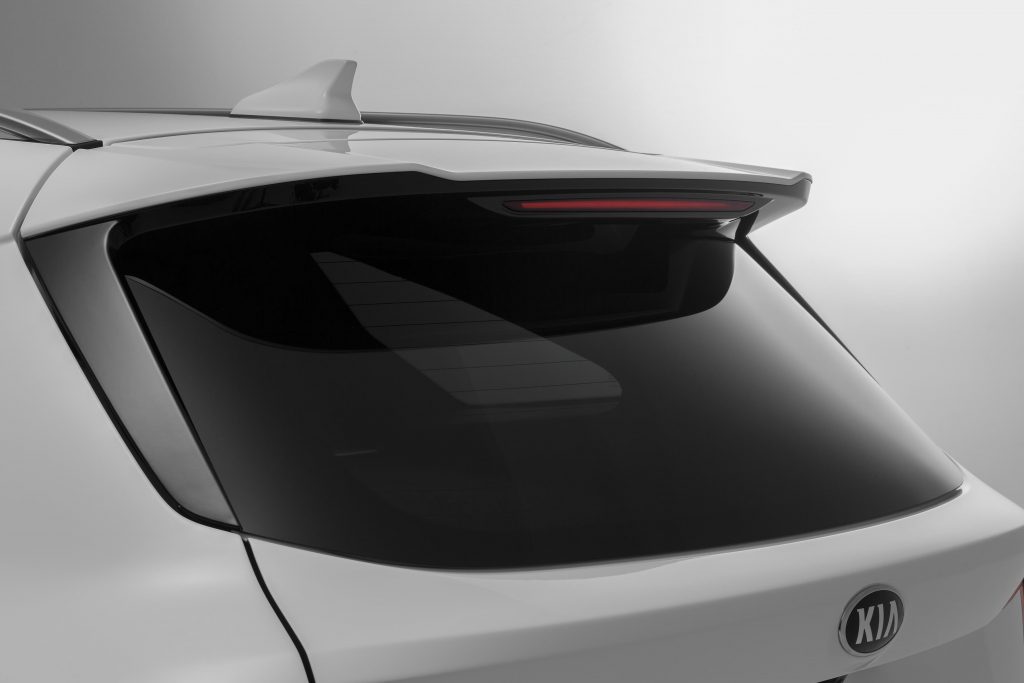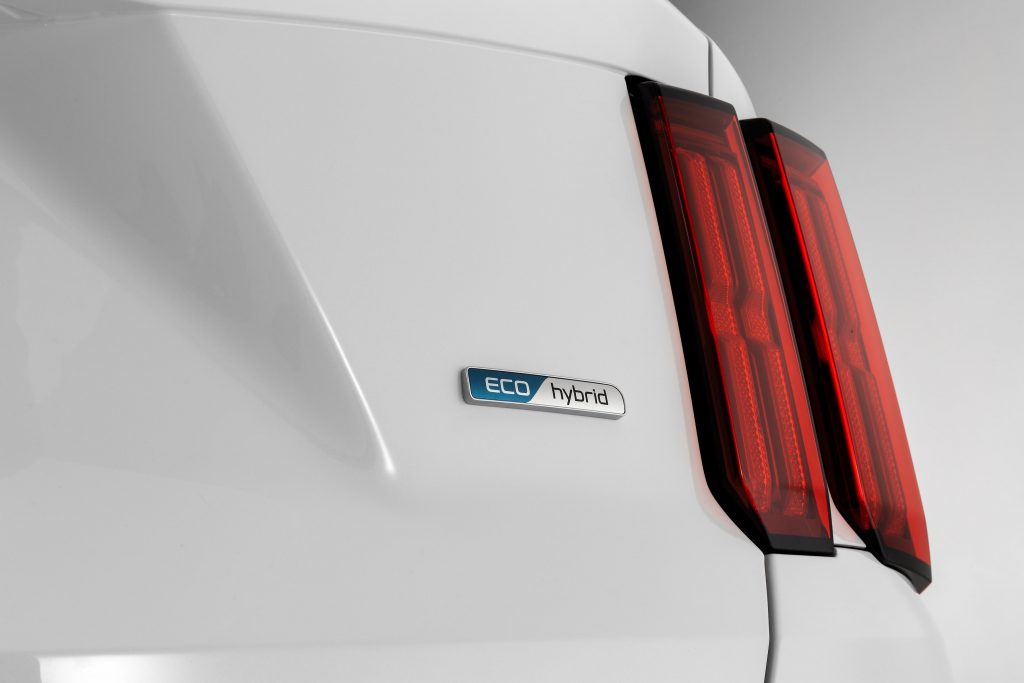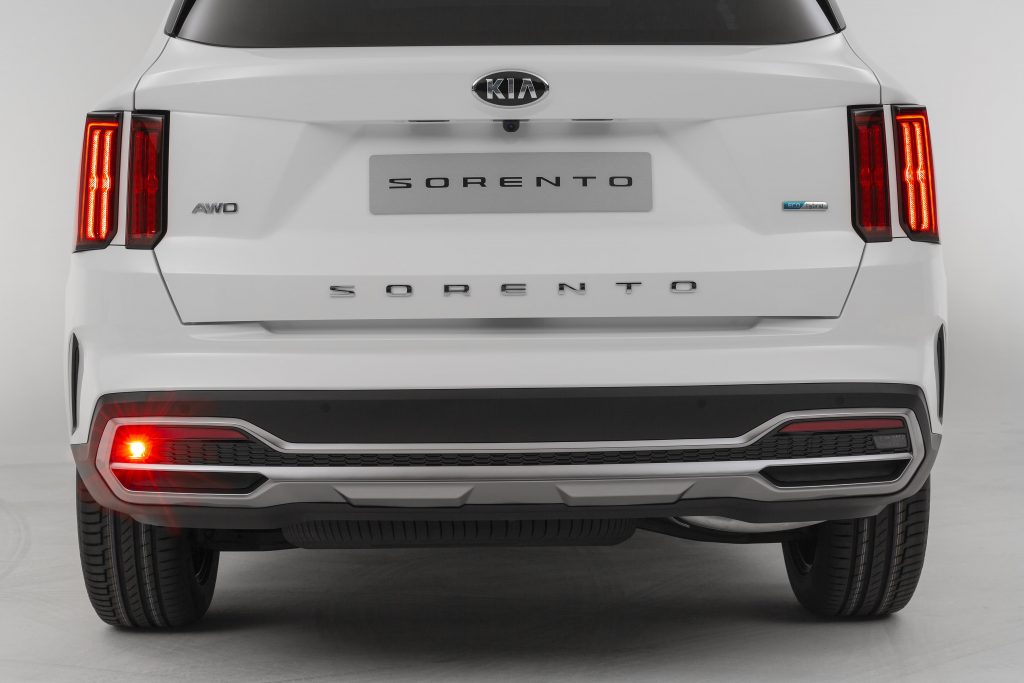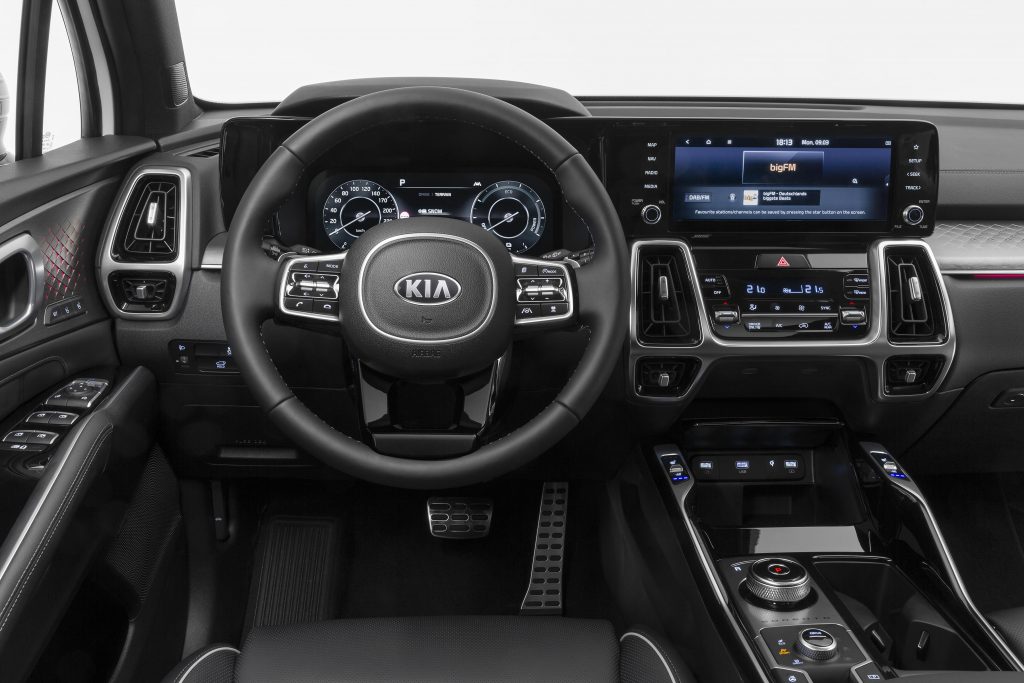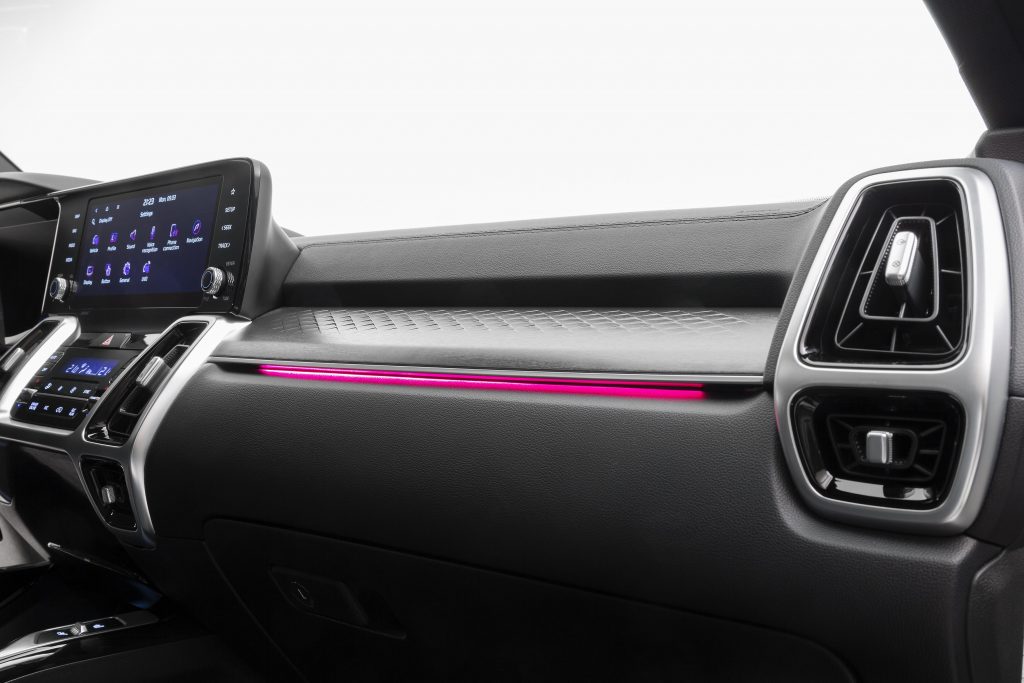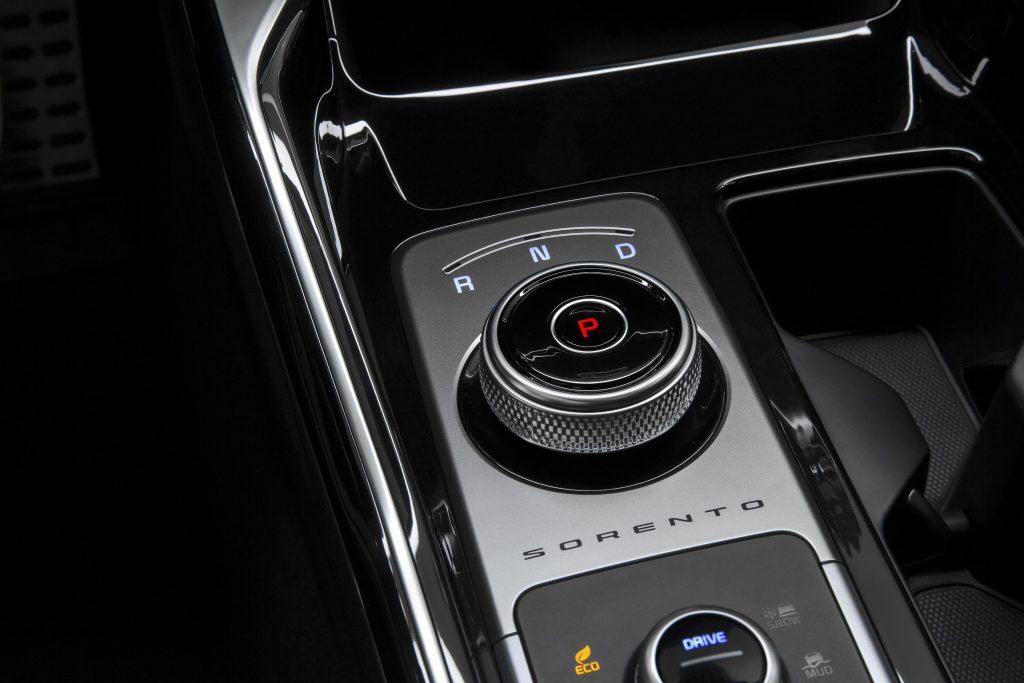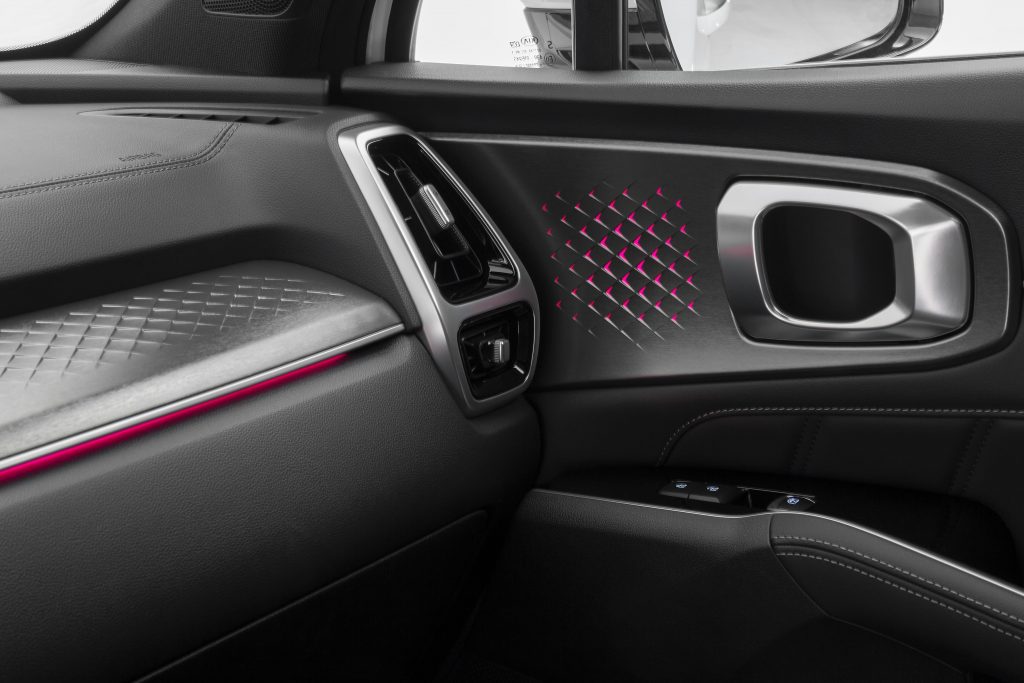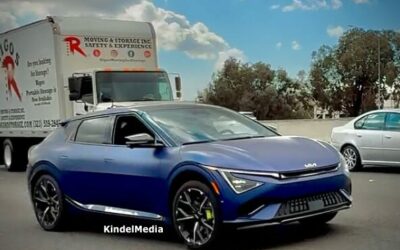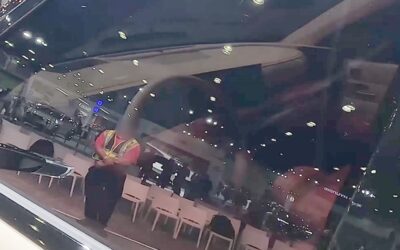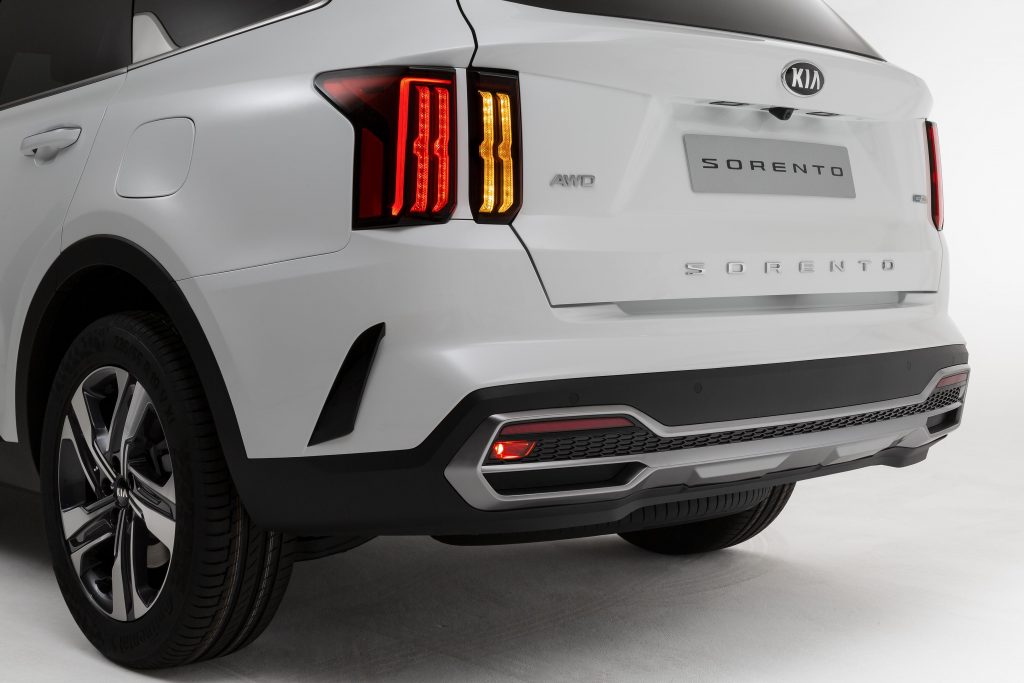
The new Kia Sorento is revealed for the first time today. Powerful, progressive and versatile, the fourth generation of Kia Motors Corporation’s flagship SUV is designed and engineered to take on everything life throws at it.
[ads id=”9″]
Raising standards in the midsize SUV class for space, efficiency and quality, it sits at the heart of Kia’s reinvigorated global SUV line-up, which also includes the Seltos, Stonic, Telluride and Sportage.
Emilio Herrera, Chief Operating Officer for Kia Motors Europe, comments: “The Sorento’s evolution over the last 18 years echoes that of the Kia brand as a whole. While the car was initially launched in 2002 as a utilitarian all-terrain vehicle, the fourth-generation Sorento has been transformed into something altogether more desirable. It is an important model for Kia, particularly now that it also represents the first use of electrified power in our flagship SUV.”
The Sorento’s redefined exterior design – with sharper lines, high-tech details, and elongated proportions – gives it a more confident and mature presence. Inside, its attractive cabin also introduces premium-quality materials, cutting-edge infotainment technologies, and a stunning new design.
The new Sorento is the first vehicle to be based on Kia’s new-generation midsize SUV platform. Paired with a larger body to maximise cargo and luggage space, the platform ensure the Sorento is one of the most versatile and spacious three-row SUVs on the road.
Furthermore, the Sorento’s innovative interior packaging means it can offer all this while accommodating Kia’s new ‘Smartstream’ electrified powertrains – the first time that hybrid power has featured in the Sorento line-up. As a result, the new model offers greater fuel efficiency, lower emissions, and higher performance than its predecessors.
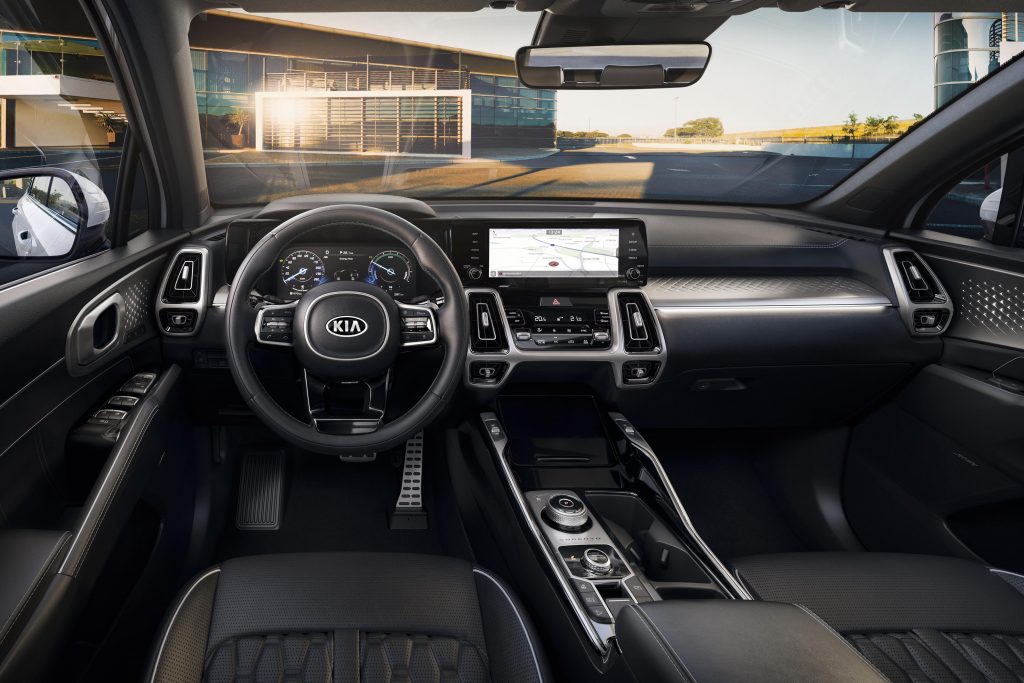
[ads id=”8″]
This will be Kia’s most high-tech car ever, thanks to its progressive connectivity, driver assistance and infotainment technologies. Its user-friendly twin digital displays deliver advanced graphics, new telematics features and smartphone connectivity.
A mainstay of Kia’s global line-up, more than three million Sorento models have been sold worldwide since it was launched in 2002. In that time, Europe has accounted for around 300,000 of these.
Exterior design
More confident, mature and desirable
Stylish and modern, the new Sorento is the flagship for Kia’s reinvigorated global SUV line-up, alongside the Stonic, Seltos and Sportage, as well as the Kia Telluride available in North America and certain other markets. The new model is the result of a collaborative design effort betweenKia’s worldwide design network.
The concept of ‘refined boldness’ inspired Kia’s designers, who sought to maintain the robust, tough-looking aesthetic of earlier generations of Sorento, while applying a greater degree of refinement and elegance, and even a sense of sportiness. Its bodywork incorporates sharp lines and creases – noticeably more sculpted than its more round-edged predecessor. With more contemporary geometric details and more swept-back, elongated proportions, the result is a more confident, more mature and more desirable design than ever.
The front of the Sorento evolves with a new interpretation of Kia’s hallmark ‘tiger nose’ grille, displaying a wider shape which organically wraps around the integrated headlamps on each side. The headlamps themselves feature a new ‘tiger eyeline’ LED daytime running light, adding extra focus to the design by depicting the intense impression of the lines around a tiger’s eyes. This sharper, more assertive appearance is complemented by a wide, rectangular lower air intake, bookended by wing-shaped air curtains to channel air around the car. A sharp bumper lip is also capped with a skid plate, enhancing its robust appearance. The new model is 1,900 mm wide, 10 mm wider than the third-generation Sorento.
In profile, the proportions of the Sorento are subtly adapted to make it appear longer. The new model is 10 mm longer than its predecessor (now 4,810 mm), yet it features shorter front and rear overhangs. The additional length is found in the wheelbase (a result of the Sorento’s new platform), which has grown by 35 mm to 2,815 mm. This subtly adapts the visual character of the Sorento, making it look longer and ‘faster’, despite being 10 mm taller. It also extends the length of the bonnet, drawing the A-pillar 30 mm further back from the front axle. The trailing edge of the hood wraps around the front wings and turns into a single, strong character line which extends along the side of the Sorento and into the rear lamps.
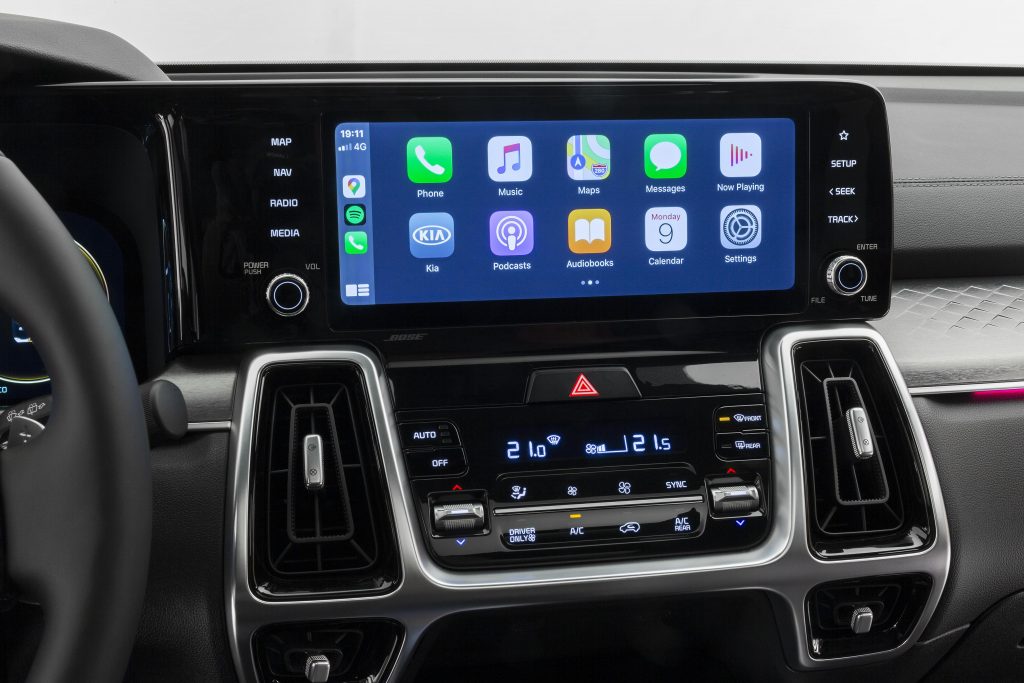
[ads id=”8″]
Ever recognisable as a Sorento, it retains the characteristic wide D-pillar, substantial bodywork and clad wheel arches that have defined all three generations to-date. It also adopts certain other design features from more recent Kia models, however, including a new dynamic shape on its C-pillar and sculpted body surfaces with sharp creases.
Inspired by the Telluride, the Sorento adopts new vertical tail lamps which wrap around the side of the body. Sharper lines in the bodywork echo the straight, technical appearance of the front of the car, with horizontal shapes used to make the vehicle appear wider and more imposing on the road. Trim on the sporty lower rear bumper embodies the appearance of dual tailpipes and, like the front, features a skid plate to add to its tough SUV aesthetic. The fourth-generation model follows other recent Kia models, such as Telluride and ProCeed, with the Sorento model name displayed centrally across the tailgate. A subtle integrated spoiler also conceals the rear wiper, resulting in a less fussy design and enhancing the driver’s view out of the back.
The new Sorento will be available in Europe with a choice of 10 paint finishes, and the option of 17-, 18-, 19- and, for the first time in the line-up, 20-inch aluminium alloy wheels.
Interior design
Attractive, upscale cabin with premium material quality and progressive tech
The interior of the fourth-generation Sorento represents a step-change in quality and design for Kia cabins. From the first-generation 2002 Kia Sorento, which provided occupants with a practical, robust and utilitarian space, the Sorento today provides owners with something altogether more striking, desirable and comfortable.
One of the highest quality interior spaces found in any Kia to-date, the intuitive, tech-oriented cabin of the new Sorento is fitted with premium-quality materials and cutting-edge infotainment. At the same time, it retains the spaciousness and versatility that has characterised the Sorento over its 18-year existence.
The attractive, upscale cabin introduces a sophisticated next-generation design, based around twin digital displays in the dashboard. The 12.3-inch digital driver instrument cluster is twinned with a 10.25-inch touchscreen infotainment and navigation system at the centre of the dashboard. These display information clearly within the driver’s line of sight, and create an innovative wide-screen user experience. The car’s many functions can also be controlled with new haptic buttons on either side of the screen, which also feature further down the dashboard for the climate control system. The focal point of the dashboard is the eye-catching vertical ventilation stack, with a chrome-effect surround that extends onto the centre console below.
The cabin of the new Sorento subtly integrates a range of other technologies, including an available Mood Lighting system. This emits soft ambient downlighting from beneath the dashboard and door trim, creating a lounge-like feeling and greater sense of space. A wireless smartphone charger also sits at the base of the centre console, while a powerful BOSE® surround-sound system is also available to provide a more immersive in-car audio experience.
Material quality is enhanced, with a cabin that blends metallic trim, leather upholstery, and embossed satin-effect surfaces. Applied throughout the interior and across the dashboard, the cabin boasts a more sophisticated appearance and ambience as a result. In Europe, the Sorento is offered to buyers with a choice of black cloth, leather (grey or black single-tone, or black-and-grey two-tone), or black quilted Nappa leather.
[ads id=”8″]
Packaging and versatility
The pursuit of practicality: new platform maximises space and versatility
The new Sorento is based on Kia’s new third-generation midsize SUV platform, providing superior space for people and cargo through more intelligent packaging. The result is one of the most versatile and spacious cars in its class.
The new platform is based around a compact engine bay structure and shorter front and rear overhangs, with a 35 mm longer wheelbase creating greater cabin space between the axles. Not only does this enable the new model’s stylish, more swept-back design; the structure and layout of the new platform means the Sorento is able to accommodate electrified powertrains for the first time.
The Sorento Hybrid’s battery pack is located under the floor of the cabin. As a result, the SUV offers generous space for up to seven passengers as well as one of the largest luggage capacities in its class – up to 821 litres (for seven-seat models) or 910 litres (for five-seat models), depending on specification. This means the car can accommodate five people in comfort, and a significant amount of luggage. In seven-seat models, with all seven seats in place, boot space is also increased by 32% compared to its predecessor, to 187 litres (VDA, diesel models; 179 litres for Hybrid models). Controls in the side wall of the boot also let users fold down the second-row seat backs remotely at the touch of a button.
For passengers, the new platform maximises space in all three rows, offering more head-, leg- and shoulder-room than many rivals. In particular, the new platform has created a significant amount of extra legroom for first- and second-row occupants, as well as more headroom for third-row passengers.
The Sorento has always been popular with customers looking for practical third-row seating, and the new model makes life even easier for rear passengers. Aided by the platform’s longer wheelbase, the second-row seats now slide up to 45 mm further, creating a wider point of entry to the third row with more space for feet and legs. There is also a new grab handle built into the interior trim inside the C-pillar, giving third-row passengers something to hold on to as they climb aboard. Once seated, the third-row armrest has also been extended by 100 mm for greater elbow support, while incorporating a cupholder and smartphone tray.
[ads id=”8″]
Powertrains
Sorento electrified for the first time with efficient new hybrid powertrains
Kia’s newest SUV will be available with hybrid power – a first for a Sorento – and buyers will eventually able to choose from hybrid or plug-in hybrid variants.
The Sorento Hybrid is powered by a new ‘Smartstream’ electrified powertrain, pairing a 1.6-litre T-GDi (turbocharged gasoline direct injection) with a 1.49 kWh lithium-ion polymer battery pack and 44.2 kW electric motor. The intelligent packaging of the Sorento’s new platform means the battery pack can be located under the floor, with minimal impact on cabin or luggage space.
Producing 230 ps and 350 Nm torque, this electrified powertrain combines low CO2 emissions with high levels of performance. The new 1.6-litre T-GDi engine features Kia’s new Continuously Variable Valve Duration (CVVD) technology, regulating valve opening time according to driving conditions, instead of operating on a fixed opening time. This boosts performance at low-to-mid engine speeds and enhances fuel efficiency.
Power is sent through the six-speed automatic transmission via a transmission-mounted electrical device, allowing the full power of the engine and motor to be transferred in parallel with minimal loss of energy. The result is immediacy in acceleration response at any speed, with direct access to available battery power at higher speeds.
The Sorento Hybrid will go on-sale in select European markets from launch, with others to follow later in 2020. The new Sorento will also be available as a Plug-in Hybrid variant from late in 2020.
The Sorento’s new four-cylinder 2.2-litre ‘Smartstream’ diesel engine is also available for European customers, producing 202 ps and 440 Nm torque. With a new aluminium block, 19.5 kg lighter than the cast iron block of its predecessor, the new engine is 38.2 kg lighter compared to that found in the third-generation Sorento. Furthermore, it is paired with Kia’s new eight-speed wet double-clutch transmission (8DCT). Designed to offer the smooth shifting characteristics of a conventional automatic, the 8DCT enhances fuel efficiency over a conventional eight-speed automatic, depending on application.
Fuel efficiency and emissions data for the Sorento’s new powertrains will be announced closer to the car’s European on-sale date later in 2020.
Ride and handling
A more enjoyable, satisfying drive and enhanced all-terrain capability
The first-generation Sorento (2002-2009) was based on a ladder-frame chassis, with the second-generation model (2009-2015) – the first monocoque-based Sorento – marking a step change in the car’s on-road behaviour. Now, the new platform represents a similar leap forward, engineered to maximise driving stability in all environments.
The car now delivers an even more assured, comfortable ride and more satisfying, enjoyable driving character than its predecessor, aided by heavily revised fully-independent suspension. Engineers have sought to reduce the effect that road surface imperfections have on the body, and to reduce noise and vibrations through the suspension, while also improving body control and steering responses under cornering. This has been achieved with a series of geometry changes and new components, as well as improvements to the structure of the suspension system. The 35 mm longer wheelbase also contributes to an overall improvement in cruising comfort, while the new bodyshell – with a 4% average increase to tensile strength throughout its structure – also results in lower body vibrations.
New for the fourth generation, the latest Sorento model offers enhanced all-terrain capability over its forebears thanks to a new Terrain Mode. Paired with the optional all-wheel drive system, Terrain Mode makes the Sorento more capable in mud, snow and sand. With each mode selectable from a dial on the centre console, Terrain Mode carefully controls the car’s standard electronic stability control (ESC), as well as the distribution of torque to all four wheels. It also adapts transmission shift times to help the car find and maintain traction in a range of driving environments.
[ads id=”8″]
Technology
The most high-tech Kia ever: new connectivity and infotainment features
The Sorento is the most high-tech Kia car ever made, thanks to a suite of technologies that enhance safety, connectivity and infotainment. The range of available features are designed to make travelling safer and less stressful while providing total ease of use.
Depending on specification, the cabin incorporates Kia’s latest 10.25-inch touchscreen infotainment system, offering audio-visual navigation, and a new 12.3-inch high-resolution digital instrument cluster. Combined, the two twin digital displays deliver information to the driver with absolute clarity. An 8.0-inch display audio system is also available as standard, while all infotainment systems enable full, seamless smartphone integration with Apple CarPlay™ and Android Auto™.
The new Sorento also offers Kia’s innovative UVO Connect telematics system, connecting drivers by providing invaluable information via the in-car touchscreen and on their smartphone. Featuring Kia Live services and accessible through the optional 10.25-inch LCD widescreen, the system displays live traffic information, weather forecasts, points of interest, and details of potential on- and off-street parking (including price, location and parking availability). UVO Connect also enables drivers to send route directions to their car before a journey, and check the location of their vehicle at any time.
The infotainment system also allows Bluetooth smartphone pairing for two phones concurrently, enabling separate phones to be used for, for instance, phone calls and music, while front passengers can also plug in their mobile devices via two USB chargers. For second-row passengers, two USB charging sockets are integrated into the backs of the two front seats, with a third found at the rear of the front-row centre console. Both third-row passengers also have their own charging points, meaning all seven passengers can keep their mobile device charged – the perfect measure to maintain harmony in a full car during longer journeys.
The Sorento is also available with a head-up display, which projects driving information onto the base of the windscreen in the driver’s line of sight. The system displays alerts from the car’s numerous driver assistance technologies, details of vehicle speed, and turn-by-turn navigation instructions.
A powerful 12-speaker BOSE® surround-sound audio system is also available, delivering a more immersive sound to all three rows. A new ‘Sound of Nature’ ambient sound function for certain markets enables occupants to select from a range of relaxing natural soundscapes. The cabin’s Mood Lighting system lets users tailor the cabin even further, with the interior illuminated in one of seven pre-set ‘core’ colours selected specifically by Kia interior designs, or from a full gamut of 64 colours.
Safety
Advanced Driver Assistance Systems with new Remote Smart Parking Assist
The Sorento offers higher levels of active and passive safety than many of its rivals thanks to an enhanced range of driver assistance systems. Kia’s Advanced Driver Assistance Systems (ADAS) help to reduce many of the inherent hazards and stresses of driving, protecting occupants and other road users on every journey.
Depending on specification, the ADAS range in the new Sorento includes Kia’s latest Forward Collision-Avoidance Assist (FCA) technology with pedestrian, cyclist and vehicle detection. This also detects oncoming traffic when making a turn at a junction. The Sorento is also available with Blind-Spot View Monitor (BVM), Surround View Monitor (SVM) and Blind-spot Collision-Avoidance Assist (BCA), Intelligent Speed Limit Assist (ISLA), Smart Cruise Control with Stop&Go (SCC) and Navigation-based SCC (NSCC), Lane Following Assist (LFA), Driver Attention Warning (DAW), and Highway Driving Assist (HDA).
Kia’s ‘level two’ autonomous driving technology, Lane Following Assist (LFA), controls acceleration, braking and steering depending on the vehicles in front. LFA operates between speeds of 0 and 180 kph, using camera and radar sensors to maintain a safe distance from the car in front, while monitoring road markings to keep the Sorento in the centre of its lane.
The new Sorento also features a Rear View Monitor (RVM) with Reverse Parking Collision-Avoidance Assist (PCA) and Rear Cross-traffic Collision-Avoidance Assist (RCCA). In addition, it is also the first Kia available in Europe with the company’s new Remote Smart Parking Assist (RSPA), which enables drivers to move their car autonomously out of a front-and-back parking space remotely with their key fob. This is designed to make it easier for passengers to get in and out of the car in tight parking spaces, or if another driver parks too close to access any of the doors. RSPA brakes the Sorento automatically if it detects another car, cyclist or pedestrian behind the vehicle or crossing behind it. The Sorento’s Safe Exit Assist feature also prevents rear doors from opening if the vehicle detects a hazard approaching from behind, such as a cyclist or another vehicle.
The Sorento is fitted with up to seven airbags (dual front airbags, dual front seat-mounted side airbags, side curtain airbags with rollover sensor, and front centre airbag). The front centre airbag, a new innovation, provides additional head protection for front-seat occupants and is designed to prevent their heads coming into contact during a collision. All Sorento models are equipped as standard with Kia’s Vehicle Stability Management (VSM) and Electronic Stability Control systems to help drivers maintain control under braking and cornering.
The new Sorento also implements Kia’s first Multi-Collision Brake system, which enables the Sorento to mitigate the severity of secondary collisions. It automatically applies vehicle brakes when the airbags have been deployed after an initial collision, further protecting occupants from secondary frontal or side impacts.
The Sorento’s body is made up of a blend of steel and aluminium, maximising torsional rigidity while keeping weight low. The bodyshell construction features a higher proportion of Advanced High-Strength Steel and hot-stamped steel components than its predecessor. The blend of High-Strength Steel enhances occupant safety, giving it torsional rigidity 12.5% higher than the perceived ‘safety leader’ in the Sorento’s segment – yet the strengthening to the bodyshell construction renders it 5.6% (21.3 kg) lighter than that of its predecessor. Furthermore, the more rigid bodyshell reduces road vibrations in everyday use.
Production and quality. Manufactured in Korea
Like its predecessor, the new Sorento will be built for Europe and many other markets at Kia’s Hwasung manufacturing facility in Korea. The car will also be built for North America at Kia’s West Point, Georgia, USA production plant.
European sales are due to commence in the third quarter of 2020; the car will be available to order in most of Kia’s global markets by the end of the year. It will be sold in Europe with Kia’s unique seven-year, 150,000-kilometre warranty as standard.

